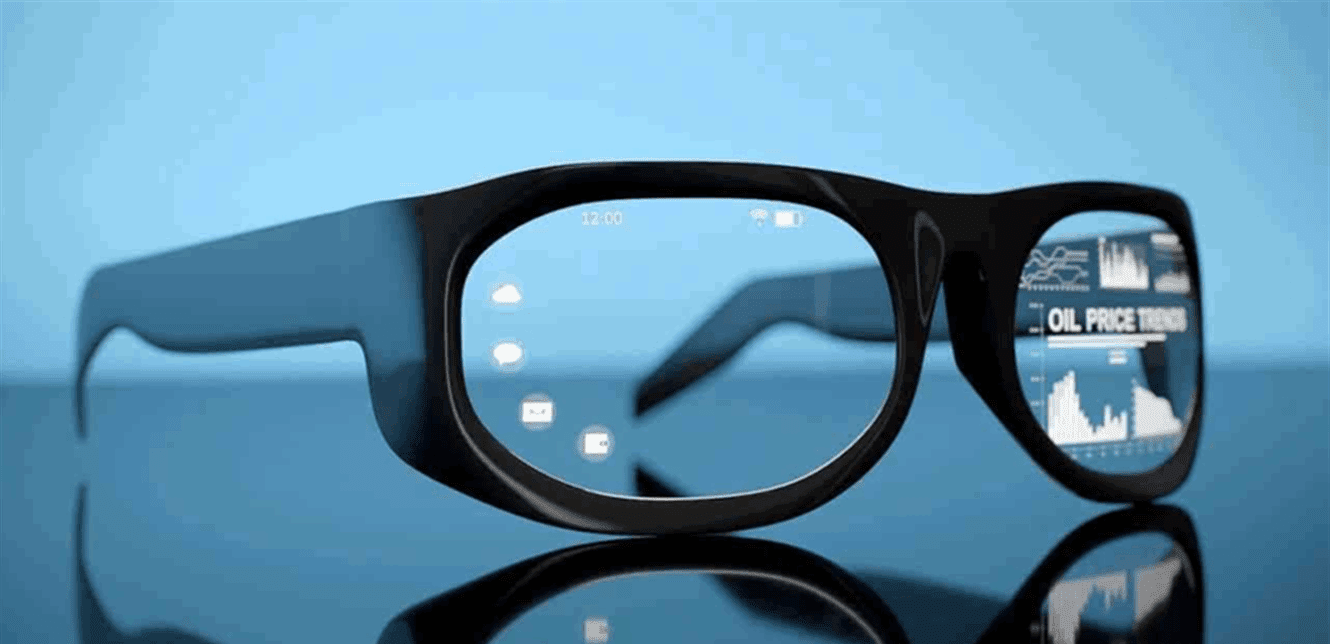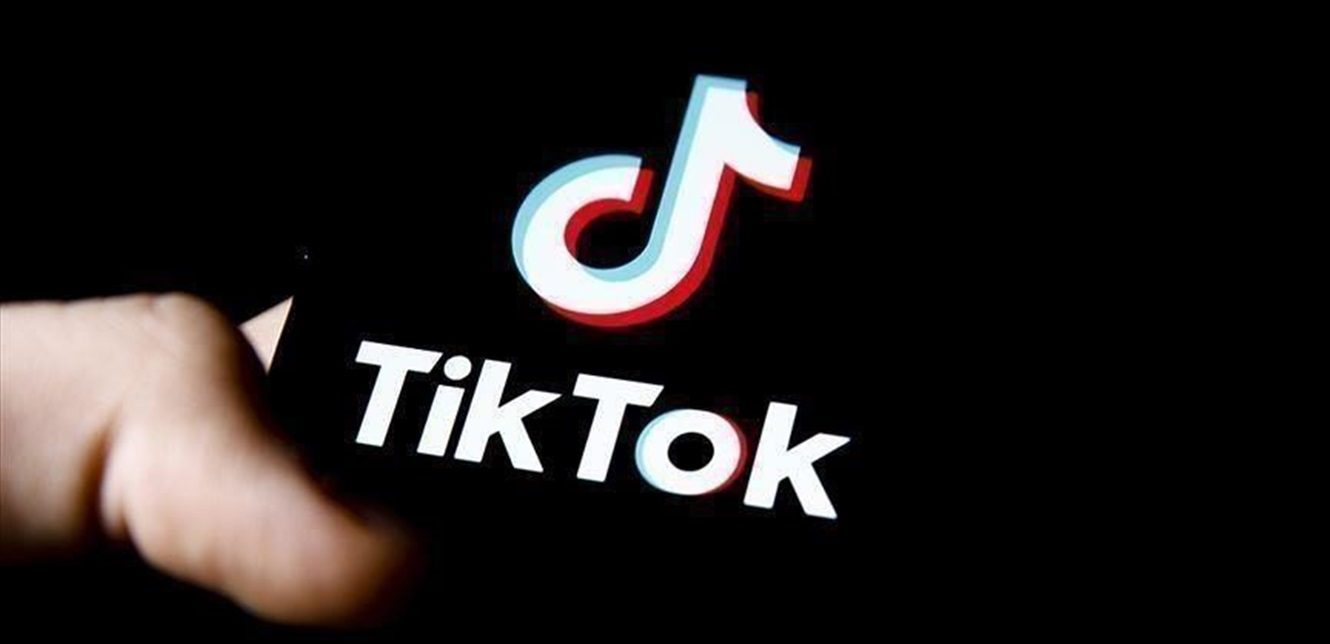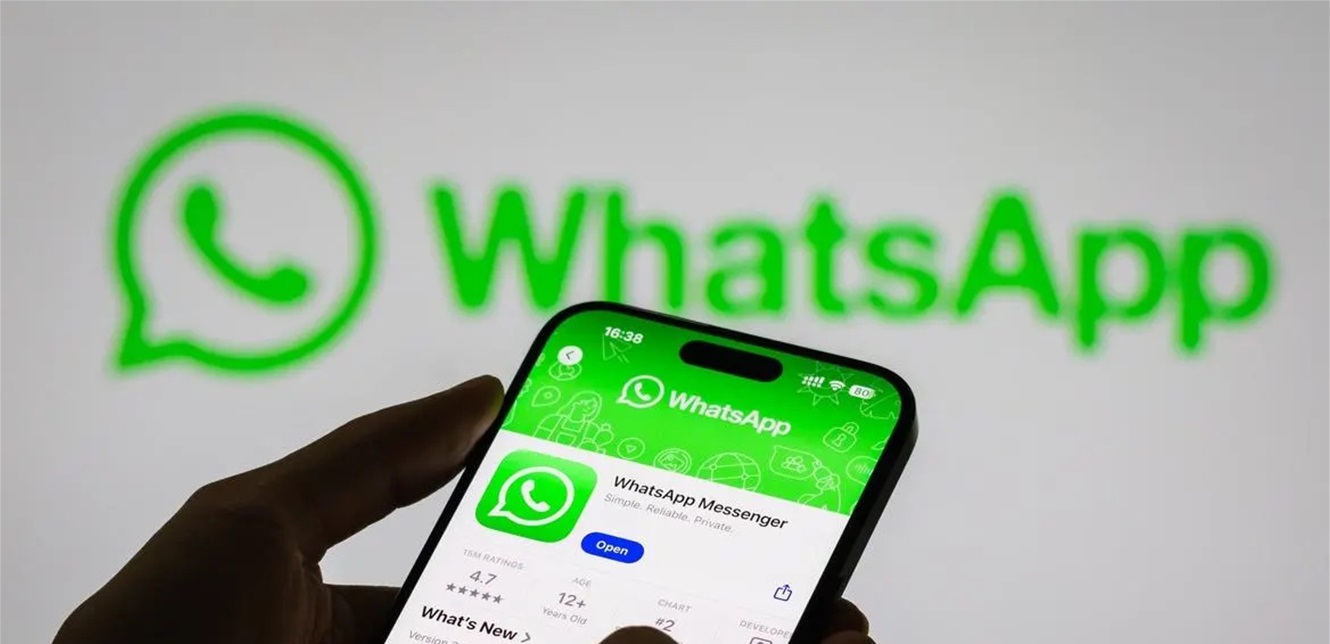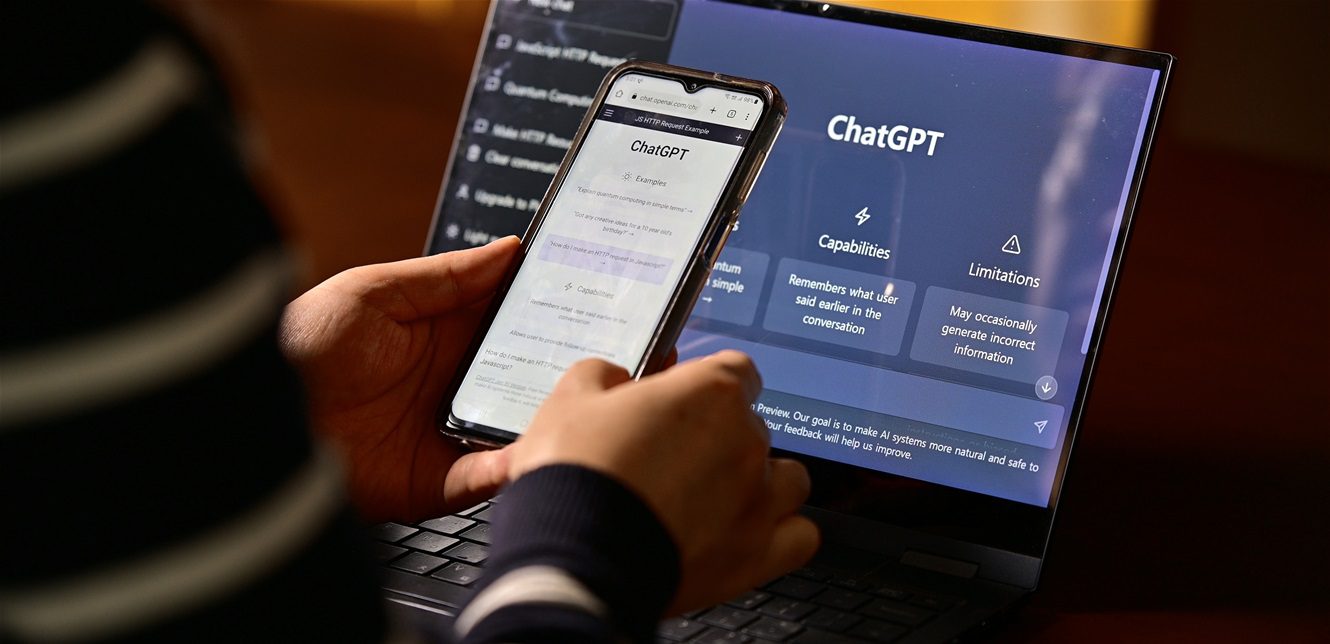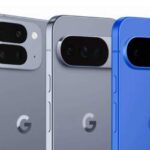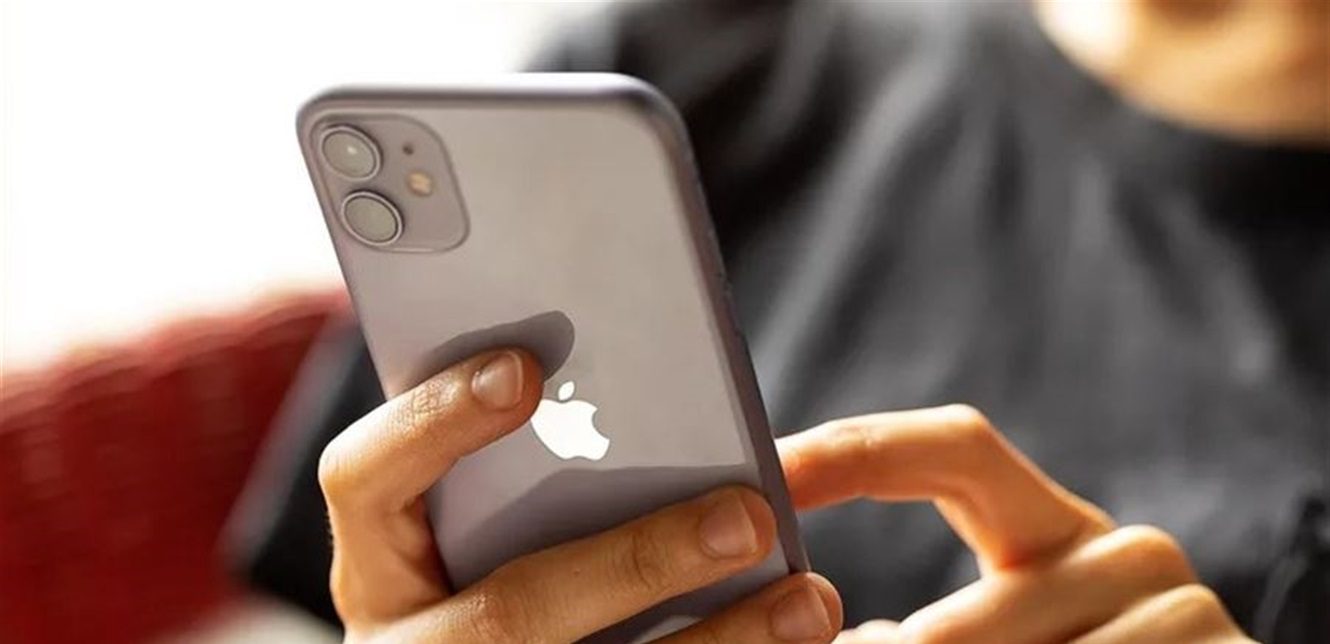
While the two largest operating systems in the market, Android and iOS, continue to dominate the digital landscape in 2025, the question remains: which one better meets the needs of seniors?
Although both systems are capable of providing a comfortable experience, some features may make one more suitable than the other, especially for those who need additional assistive options or enhanced access tools. Therefore, a comparison between them becomes necessary to ensure that the older user gets a phone that fits their abilities and meets their daily requirements to the fullest.
One of the most prominent advantages of the iPhone is the consistency and harmony in the “iOS” system, making it easier to use for those who need constant guidance or have limited technical experience. Although system updates may make some changes, the basic interface remains largely constant.
“iOS” also features a powerful set of accessibility features, such as text and screen magnification, and color adjustment to make reading easier for those with impaired vision. In addition, there is support for those with hearing, movement, or thinking problems.
But there is a significant downside, which is the price. The prices of some modern iPhone models such as “iphone 17” may be a significant burden. However, there are some cheaper alternatives such as the “iPhone 16e” or refurbished Apple phones, but they come with certain trade-offs.
On the other hand, Android phones also offer powerful accessibility features. For example, some Google phones like “Pixel” support the “TalkBack” screen reader, allow font changes, and easily enable voice translation and captioning.
But the disadvantage of Android lies in the variability of the operating system. Because the system is open source, multiple companies design their own interfaces, which can make it difficult for those who provide support to elderly users to guide them accurately.
But a major advantage for Android is the variety of price options, where cheap devices can be found; making Android a more economical option when you want to acquire a smartphone at an affordable price.
Before buying, it is important to think about the actual use, and what does the elderly user need? Do they want a simple phone for calls and messages, or will they use it for apps or photos?
It is also advisable to stick to the operating system with which the user feels comfortable with its interface. It is also preferable to do some research before buying, especially since the cost of modern smartphones can rise, and it may be worthwhile to compare alternatives or consider refurbished devices.
In conclusion, there is no one-size-fits-all solution. iPhones offer a unified and easy experience with strong accessibility support, but they can be expensive.
Android offers greater flexibility in price and good accessibility features, but it may be more complex due to the variety of interfaces. The decision depends on the needs of the older user and how willing the person supporting them is to help them learn and adapt. (Erem News)




